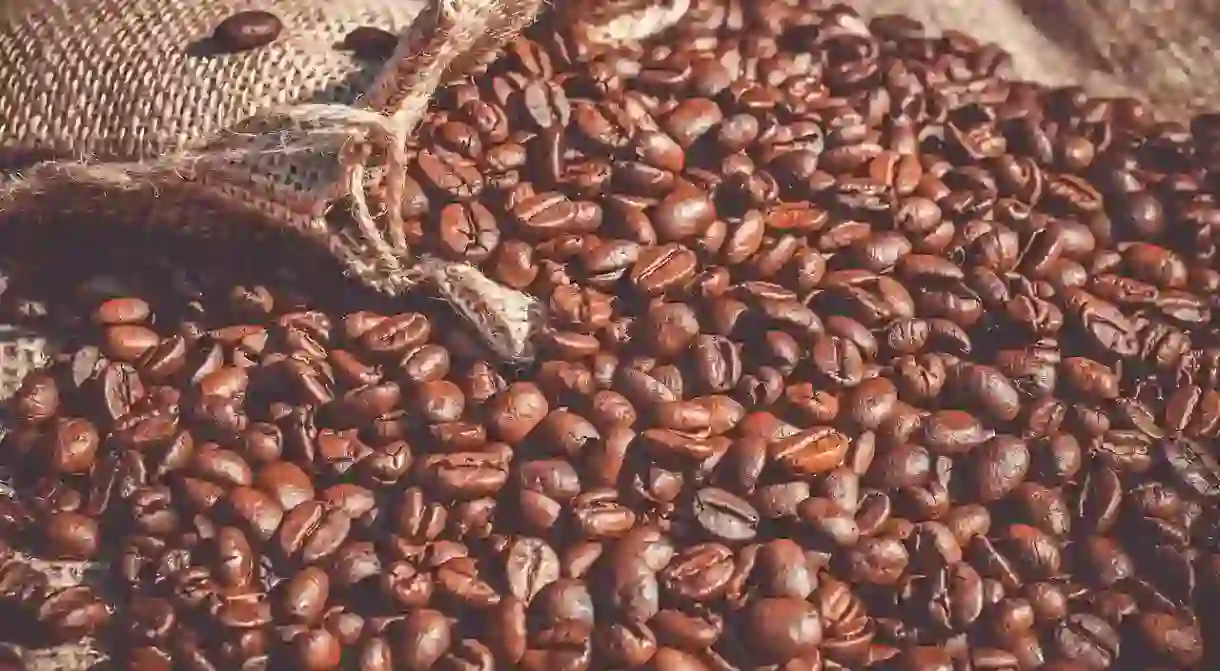The Rich History of Lao Coffee

Coffee plants were first brought to Laos by the French in the 1900s. With two distinct growing regions – the mountains in the north and the Bolevan Plateau in the south – Laos produced 20,000 tons annually, the 5th largest export. Continue reading for the fascinating history of coffee in Laos.
The French
The first coffee plants were brought to Laos in the early 1900s by French colonists. They experimented with growing coffee in the cooler norther region of the country before setting their sights on the Bolevan Plateau, which has fertile volcanic soil and a higher altitude that made it ideal for growing beans. The outbreak of WWII caused many French plantation owners to leave the region. After the Vietnam War, Lao entrepreneurs slowly rebuilt the coffee industry the French had abandoned. Although the Bolevan Plateau was heavily bombed by American aircraft and is still littered with unexploded ordnance to this day.

Major producers
About a third of Lao coffee production is the sweeter and higher-value Arabica, while much of the rest is the cheaper and easier to cultivate Robusta. Much of the coffee is grown by villagers, previously with heavy fertilizer and mono-crop production methods endorsed by the former Soviet Union. Today, more organic coffee can be found in Laos that is either sold to larger distributors in Thailand or Vietnam or to smaller coffee collectives to be sold in shops in Laos. Lao coffee is robust and bold, and high in caffeine.

Coffee tourism
For coffee lovers, no trip to Laos is complete without a coffee plantation tour. If you’re in Paksong, check out Won Coffee on the main road and learn about the fascinating history of Lao coffee from Mr. Koffie, a Dutch expat who has lived in Laos for years, brews a mean espresso and also offers roasting workshops. If you’re near Tad Lo, check out Captain Hook’s village homestay and coffee tour. You’ll learn about the village, medicinal plants and drink coffee brewed in bamboo. Green Discovery Laos offers several coffee tours and Mystic Mountain Laos has a homestay program and coffee tour.

3-in-1 and iced coffee
While Laos is a coffee-growing country, Lao people typically drink powdered or heavily sweetened coffee. 3-in-1 packets of Nescafe or Dao Coffee can be found in grocery stores, hotels and restaurants throughout Laos. Powdered instant coffee, creamer and sugar are mixed in small cups with hot water. If that’s not your jam, make sure you ask ahead of time how the coffee is brewed. Cafe Yen, or iced coffee, is also common in Laos. Not for the feint of heart, thick coffee is brewed in a strainer and poured over a plastic bag of ice. Sweetened condensed milk and sugar syrup are mixed in. The concoction is drank through a straw and dilutes as the ice melts.

Coffee shops
While iced coffee stands are on every corner, there are high-quality coffee shops in every city. Saffron Coffee in Luang Prabang partners with over 800 Lao coffee growers and has a beautiful terrace overlooking the Mekong. If you find yourself in Pakse, 124 Thaluang is a charming Japanese-run coffee shop that’s impeccably decorated and has carefully crafted drinks. Long Cafe in Savannakeht offers Australian-style coffee, including the best flat white in Laos. Their Latte is pretty good too. Jhai Coffee in Paxson is a philanthropic coffee roaster that educates farmers and provides clean drinking water to schools on the Bolevan Plateau. Common Grounds in Vientiane sources organic coffee from Luang Prabang and supports at-risk women. Finally, Cranky-T in Phonsavan has great coffee, an attentive staff and a funky ambiance that’s great for dining or doing work.













